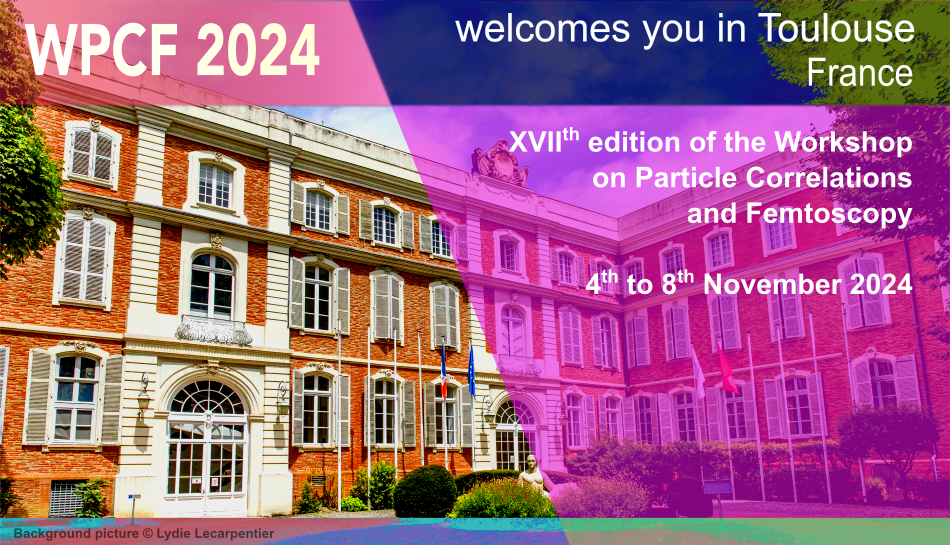Orateur
Description
The process of Lévy walk, i.e., movement patterns described by heavy-tailed random walks, play a role in many different phenomena, from chemical and microbiological systems through marine predators to climate change. Recent experiments have suggested that this phenomenon also appears in heavy-ion collisions. However, the theoretical background is not yet well understood. In high-energy collisions of heavy nuclei, the strongly interacting Quark Gluon Plasma is created, which, similarly to the early Universe, undergoes a rapid expansion and transition back to normal hadronic matter. In the subsequent expanding hadron gas, particles interact until kinetic freeze-out, when their momenta become fixed, and they freely transition toward the detectors. Measuring spatial freeze-out distributions is a crucial tool in understanding the dynamics of the created matter as well as the interactions among its constituents. In this talk, we present a novel three-dimensional analysis of the spatial freeze-out distribution of pions (the most abundant particles in such collisions). Utilizing Monte-Carlo simulations of high-energy collisions, we show that the chain of processes ending in a final state pion has a step length distribution leading to Lévy-stable distributions. Subsequently, we show that pion freeze-out distributions indeed exhibit heavy tails and can be described by a three-dimensional elliptically contoured symmetric Lévy-stable distribution.

